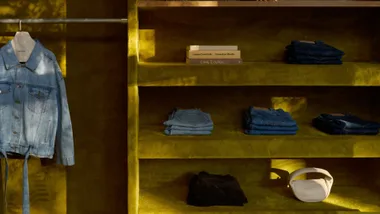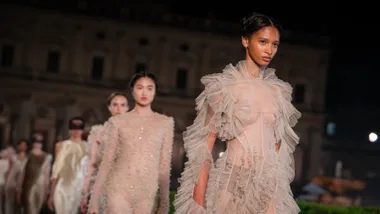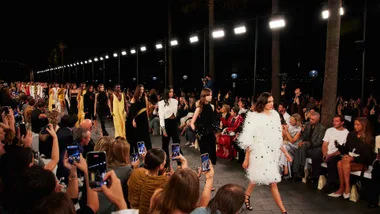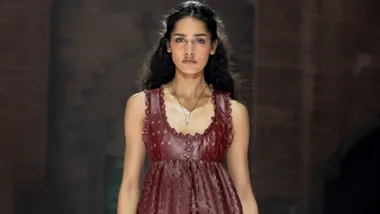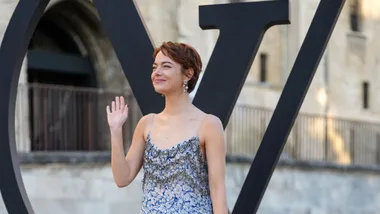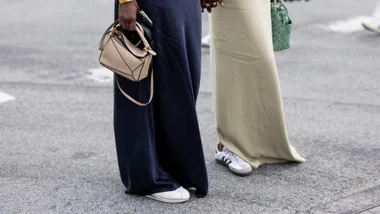The dust had barely even settled on what was Riccardo Tisci’s final show for luxury British brand Burberry before the brand announced he would be parting ways with the business.
Tisci had joined Burberry in 2018, after an illustrious 12 year stunt at Givenchy which saw the Italian designer single handedly revive interest and clout in the French maison.
However, after five years at the helm, and with reported pressures from the business for Tisci to deliver a similar result for the heritage label, the designer is moving onto greener pastures.
“Burberry is a very special place with a magical past and a very promising future. The chapter I was asked to write in its long story is one that I am incredibly proud of and one I have decided would culminate with my show on Monday,” Tisci wrote in a press release announcing his departure.
Tisci’s contributions to Burberry cannot be overlooked, although some critics are quick to compare his work at the British house to that for Givenchy.
In Burberry’s own words, Tisci “spearheaded Burberry’s creative transformation”, and that under his “creative leadership” he revitalised Burberry’s brand image, including “introducing a new visual identity and reviving the Thomas Burberry Monogram”.
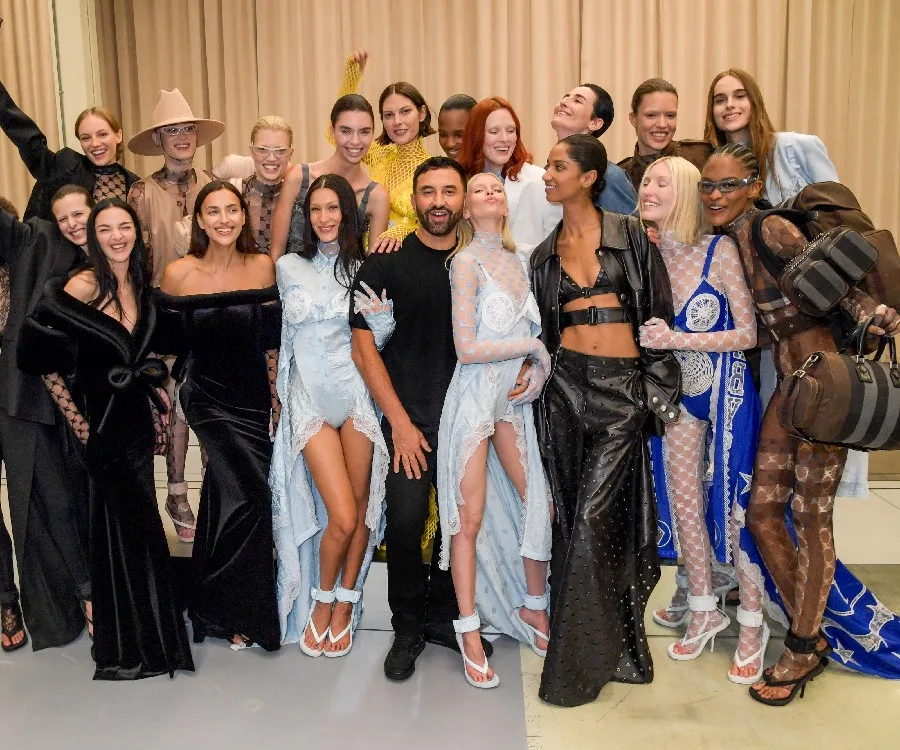
Of course, for a designer obsessed with street-wear influences and gothic undertones, his edgy approach to dressing certainly didn’t satisfy the stiff-upper-lift appetite of traditionalist Britons.
So who to look to ensure Burberry’s legacy as an austere and quintessential British brand?
Rather than looking inside the house, Burberry opted to reinstate a Brit to the helm of the brand for the first time since Christopher Bailey. And considering Bailey’s success at the brand, we can understand the appeal.
As announced by Burberry, former Bottega Veneta creative director Daniel Lee will take over as chief creative officer with his role commencing on October 3.
“Together with the team, we will write the exciting next chapter for this legendary British luxury brand, continuing its historic heritage and building on Riccardo’s legacy,” Lee said in a press release about his appointment.
“I am very excited to be returning to London, a city that champions pioneering creativity and that continues to inspire me,” he added.

Of course, for astute fashion fanatics, this news shouldn’t come as a surprise.
In August, WWD reported that Burberry had begun discussions with several designers about a potential replacement for Tisci.
WWD named Lee as a leading front-runner for the job, though Burberry and Lee both declined to comment on the speculations.
Perhaps Tisci’s failure at Burberry’s was his inability for him to stick to the prescribed notion of what critics think Burberry’s DNA must be.
Sure, the nova checks were there, but underneath the surface Tisci infused the label with youthfulness and an ability to be coveted for the digital age.
But with Lee being the poster child for reinvigorating heritage brands with desirability, youthfulness and social clout, this strategic appointment begs asking what does this mean for the current state of play in the fashion industry?
Tisci and Lee are polar opposites.
Tisci being the dark and Lee the light.
Burberry’s archives present a strange predicament for the luxury label, with its classic check dubbed by British tabloid media as the “chav check”.
Its archives are intrinsically woven with class, being the official weather-proofer for the Royal family and its classic trench and scarfs a symbol of the upper echelon.
So in a social age, how does Burberry make themselves approachable and down to earth? It’s a challenge that Bailey, Tisci and now Lee faced.

But for Lee, the award winning designer from Bradford, he has another challenge, of living up to his reputation at Bottega Veneta.
The chokehold Lee had on the fashion set is insurmountable, with every stylish A-lister spotted with a Cassette, Pouch or Jodie bag.
And with his strategic injections of colour and playful textures, we have no doubts that Burberry can become the high-octane and jubilant brand it’s bound to become under Lee’s tenure—despite reports of Lee being difficult to work with.
However, it’s not just Lee tasked with fusing heritage ideals with a modern take and bringing a traditional brand into the Gen-Z run 21st Century.
Maximilian Davis, 27, also faces this challenge for Italian brand Ferragamo.
Unlike Lee, Davis has a secret weapon. Enter: Marco Gobbetti.
The Italian fashion magnate has a demonstrated history of positioning brands from drab to fab, and working with emerging designers to do so. Look at his work with Phoebe Philo for Celine.
Ironically, Gobbetti was Burberry’s CEO from 2017 and even appointed Tisci before departing the company in 2021.
But where does this all leave Tisci?
His work for Givenchy is almost more relevant today than it was back in the early 2010s, with his famous Rottweiler t-shirts and Kimye-era of dressing still a mainstay in the cultural zeitgeist.
His close knit circle of celebrity friends, including Kate Moss, Naomi Campbell, Bella Hadid, Rhianna and Mariacarla Boscono, makes him a desirable candidate for a burgeoning luxury fashion house.
Of course, we know of a certain French maison who currently has the position of menswear artistic director open. Keep your eyes peeled for more.

